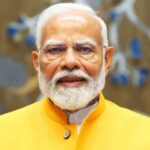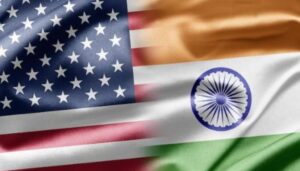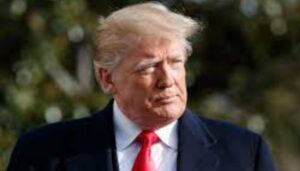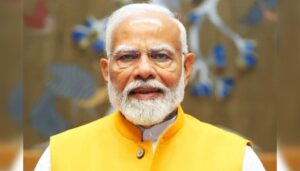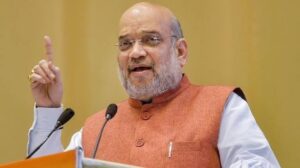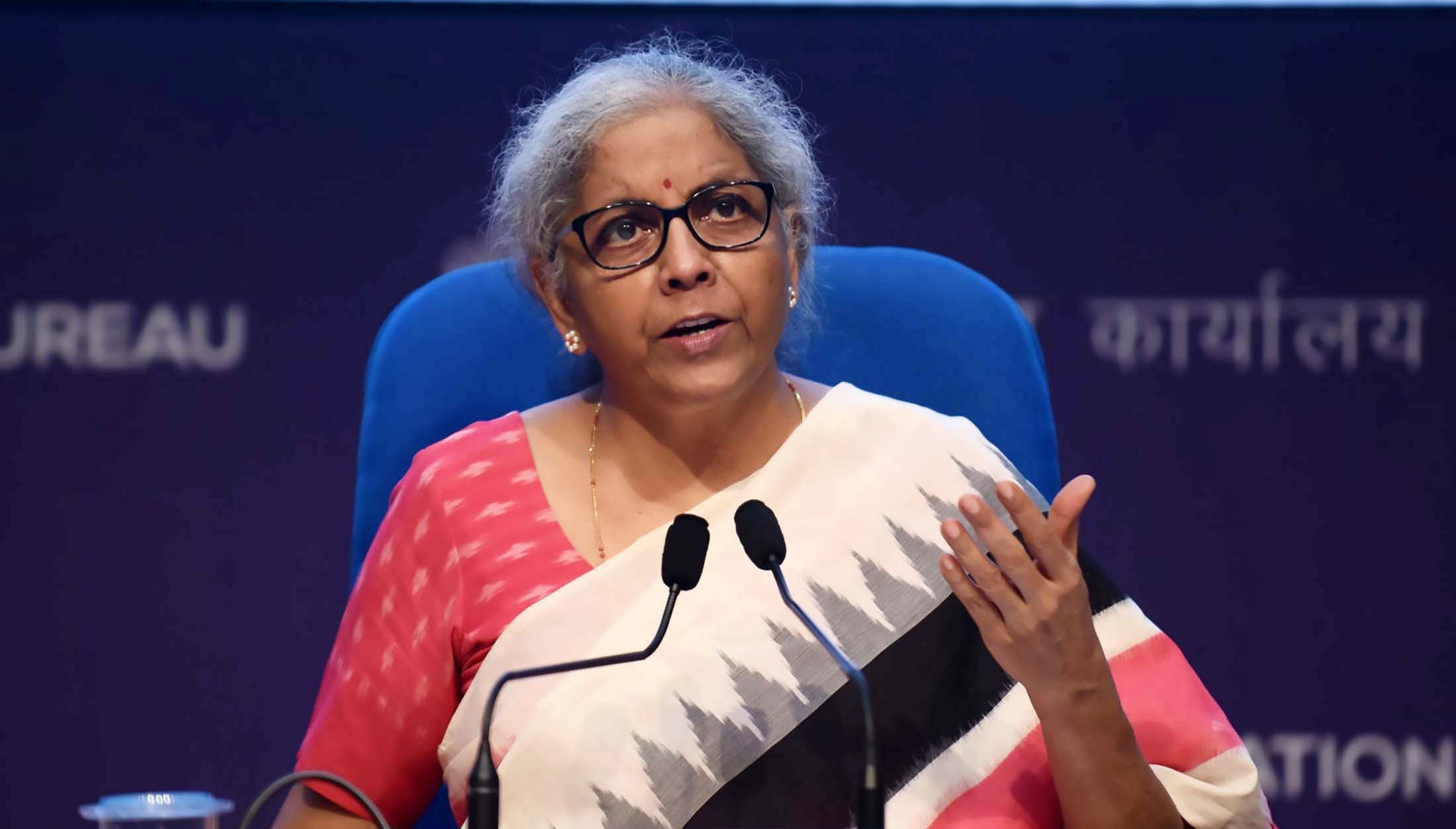
Finance Minister Sitharaman Rejects Allegations of Bias in Budget Preparation Process
New Delhi, 31st July 2024: During her response to the 2024 Budget in Lok Sabha on Tuesday, Finance Minister Nirmala Sitharaman addressed concerns about the representation of SC/ST or OBC officials at the halwa ceremony and in the Budget preparation process, stating that these questions were part of a conspiracy to divide society into compartments.
Sitharaman was reacting to remarks made by Rahul Gandhi, the Leader of the Opposition, who, while referencing the Mahabharata’s ‘chakravyuha’ to criticize the Modi government, displayed a photo from the traditional halwa ceremony held at the Ministry of Finance before the Union Budget presentation. Gandhi pointed out the absence of OBC, tribal, or Dalit officers in the photo, stating, “This photo shows budget ka halwa being distributed. I can’t see one OBC or tribal or a Dalit officer in this. 20 officers prepared the budget… Hindustan ka halwa 20 logon ne baatne ka kaam kiya hai…”
Sitharaman responded with a smile, noting that previous Congress governments and leaders like former PMs Jawaharlal Nehru and Rajiv Gandhi had been against reservations. She criticized the opposition for questioning the composition of the halwa ceremony participants and inquired about the presence of SC/ST or OBC trustees in the Rajiv Gandhi Foundation or the Rajiv Gandhi Charitable Trust.
Significance of the Halwa Ceremony
Sitharaman also elaborated on the importance of the halwa ceremony, which marks the start of the Budget printing process. She explained that it is a gesture of appreciation for the officials and staff who work tirelessly to compile the budget documents. Following the ceremony, these officials and staff are secluded in their offices until the budget is presented in Parliament to maintain confidentiality and prevent leaks.
The minister highlighted that the preparation and sharing of sweets like halwa hold cultural significance in many Indian ceremonies and festivals. By incorporating this ritual into the budget-making process, the ceremony connects traditional customs with modern governance practices.










